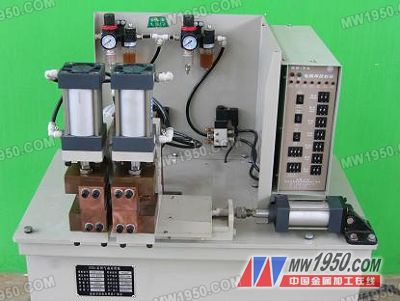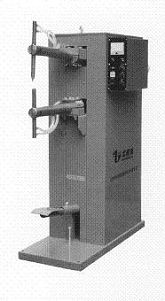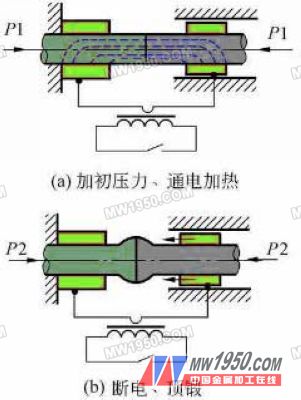Introduction to resistance welding
Resistance welding (also known as pressure welding) is a commonly used welding method. It uses the resistance heat generated by the current flowing directly through the contact surface between the workpiece itself and the workpiece to locally heat the workpiece to a highly plastic or molten state. The finished welding process. The main features of resistance welding are:
(1) Low voltage, high current (several thousand to several tens of amps), the time required to complete a welded joint is extremely short (0.01 ~ a few seconds), so the productivity is high.
(2) Heating and pressurization are performed simultaneously during welding, and the joint is welded under pressure.
(3) No metal or flux is required for welding.
There are many welding methods for electric resistance welding. According to the shape of the joint, it can be divided into spot welding, seam welding (roll welding), butt welding.


Resistance butt welder resistance spot welder
Figure 1 outline of the resistance welder

Figure 2 Schematic diagram of the work of the resistance butt welder
Measuring Tape,Meter Measuring Tape,Steel Measuring Tape,Stainless Steel Measuring Tape
Henan Yuanli Tools Co.,Ltd , https://www.hnyuanlitools.com